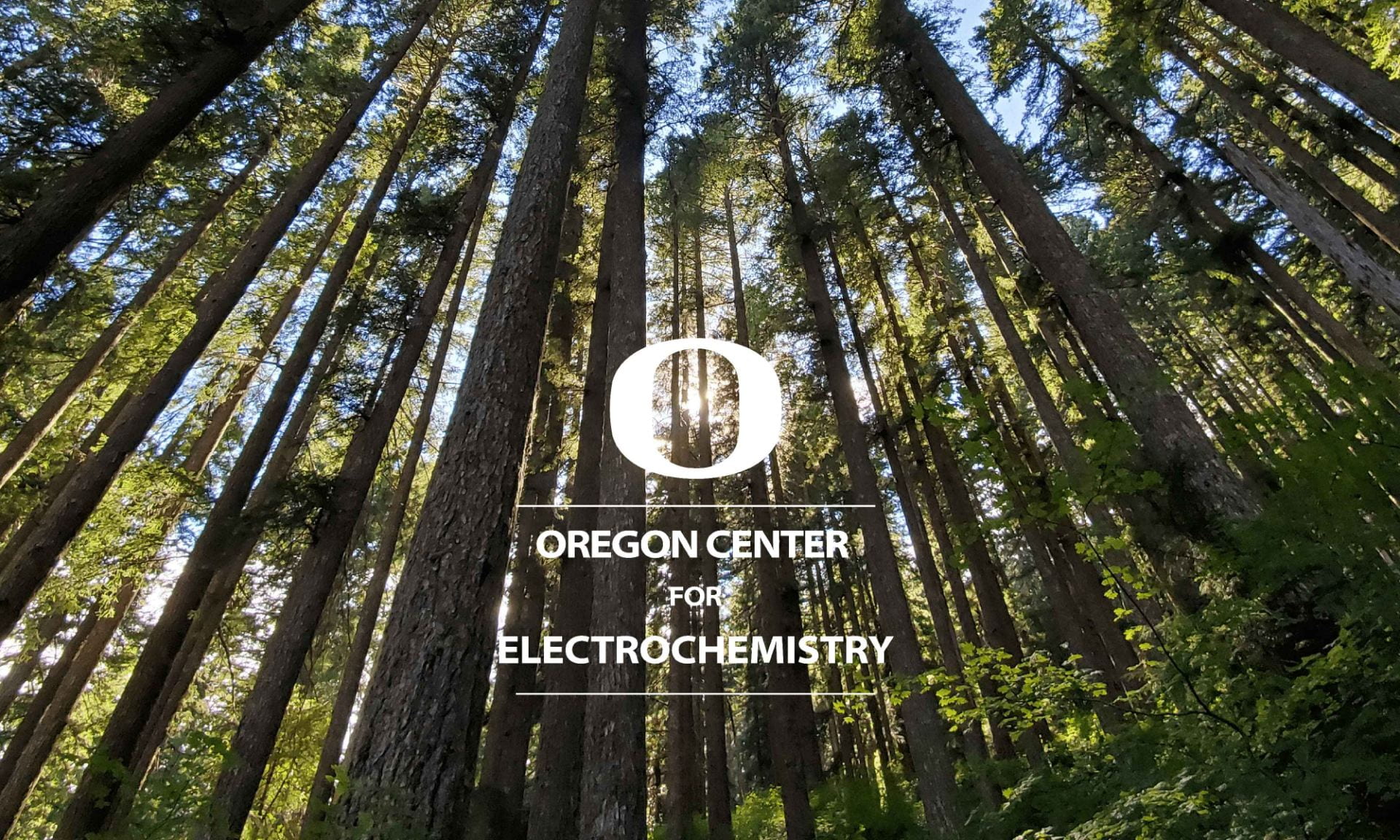Walter Drisdell received his BA fro m Harvard University, and his Ph.D. in 2010 from the University of California, Berkeley. He joined Berkeley Lab as a postdoctoral researcher before becoming a Staff Scientist in 2015. His research group studies functional materials and complex chemical environments relevant to energy technologies through in situ and operando X-ray methods. This includes research in the Liquid Sunlight Alliance (LiSA), a DOE Fuels From Sunlight Energy Innovation Hub, where he serves as the User Facilities Lead. Within LiSA, Walter conducts research on the fundamental mechanisms that govern durability in (photo)electrochemical CO2 reduction systems, by combining high performance in situ and operando cell design with X-ray spectroscopy, diffraction, and scattering methods.
m Harvard University, and his Ph.D. in 2010 from the University of California, Berkeley. He joined Berkeley Lab as a postdoctoral researcher before becoming a Staff Scientist in 2015. His research group studies functional materials and complex chemical environments relevant to energy technologies through in situ and operando X-ray methods. This includes research in the Liquid Sunlight Alliance (LiSA), a DOE Fuels From Sunlight Energy Innovation Hub, where he serves as the User Facilities Lead. Within LiSA, Walter conducts research on the fundamental mechanisms that govern durability in (photo)electrochemical CO2 reduction systems, by combining high performance in situ and operando cell design with X-ray spectroscopy, diffraction, and scattering methods.
Abstract:
Morphological Evolution of Cu Catalysts for CO2 Reduction
Copper-based catalysts are of high interest for CO2 reduction applications, due to their ability to facilitate carbon-carbon coupling to yield higher-value C2+ products. Stable operation, however, remains a challenge, with faradaic efficiencies for C2+ products typically decaying on the order of hours. With increasing evidence for significant restructuring of copper catalysts during operation, which may explain reductions in performance, we leveraged in situ small angle X-ray scattering (SAXS) to probe the evolution in size and shape of copper nanoparticle catalysts during the CO2 reduction reaction. This allowed us to independently track sizes of primary nanoparticles and larger aggregates up to ~150 nm with a time resolution of seconds to minutes. We find the rapid formation of aggregates larger than 100 nm, as well as significant nanoparticle detachment from the substrate, strongly dependent on the applied potential. The specific size evolution results from a competition between particle migration and coalescence versus Ostwald ripening mechanisms, with Ostwald ripening dominating at longer reaction times and more reductive potentials. We also briefly explore an example protection scheme which can partially mitigate these morphological changes.
